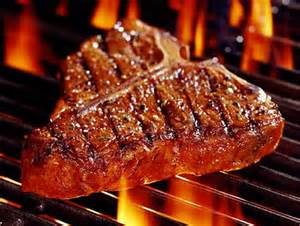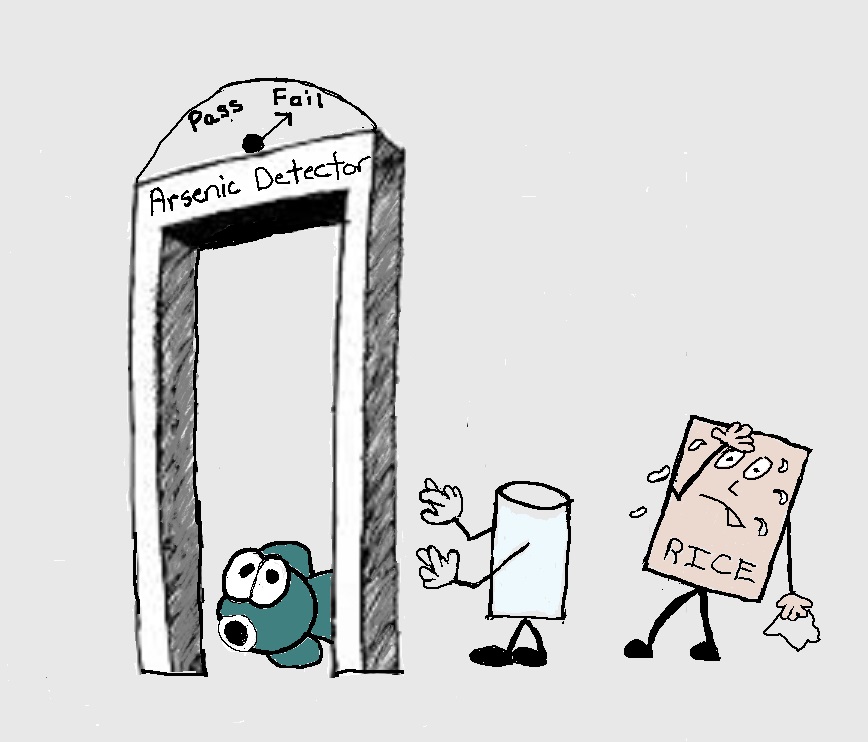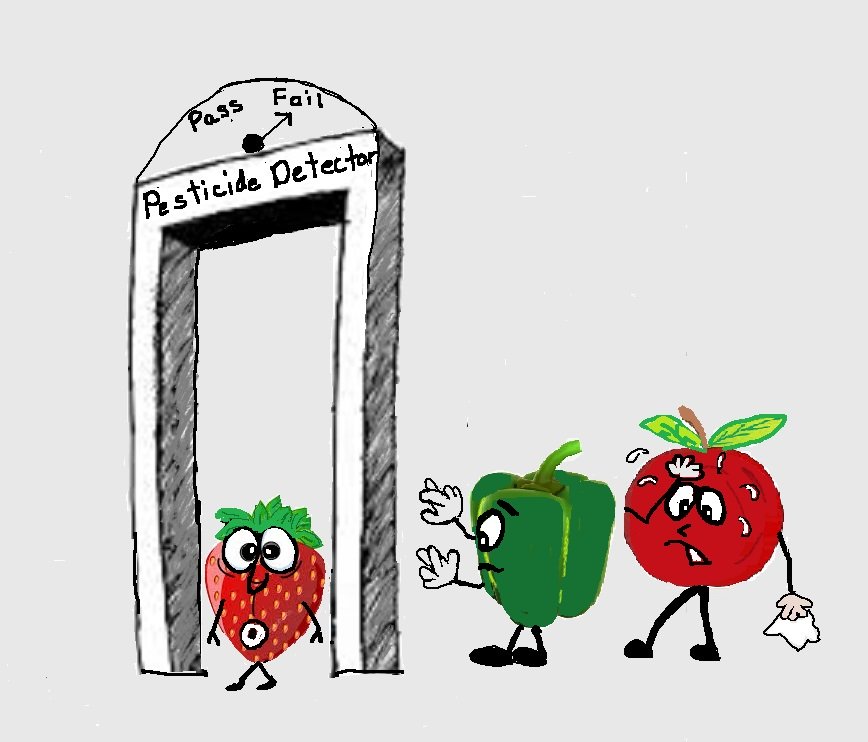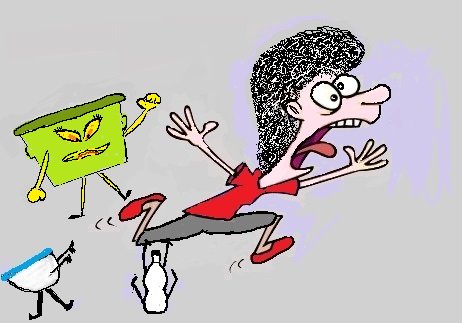- Home
- Toxic Chemicals in Food
- Foods to Avoid
Should Fish be on Your Foods to Avoid List?
Should some fish be on your foods to avoid list
when you’re eating healthy? Although eating fish offers a variety of health
benefits, the toxins in them may put your health at risk. Luckily there’s an
easy way to avoid the toxins in fish and still reap the benefits of heart
healthy oils.
“Almost all fish are contaminated, to a greater or lesser degree, with environmental pollutants. Therefore, the more fish consumed, on average, the more likely an individual is to be exposed to mercury and other environmental toxicants. Consumers who eat fish frequently or consume highly contaminated species may exceed exposure thresholds.” (EHP 2012, Oken et al.)
Fish and Healthy Eating
Fish is one of the few fatty foods that are recommended as part of a healthy diet. With all the talk about mercury levels in seafood you might be confused about the safety of consuming certain fish. And although mercury receives all the press, it is far from the only dangerous toxin found in fish. Then there’s the issue of – Is wild caught fish better for you than farm raised fish?
In this article I try to clear up some of this confusion so that you can decide if the benefits of eating fish are worth the health risks. Or, should you put most fish on your foods to avoid list and find non toxic alternatives?
The Toxins in Fish
The toxins often found in fish are a group of
chemicals that are persistent, bioacculumative, and toxic (PBT). These fat-loving chemicals take a long time to break down in
the environment and in your body. They end up in our rivers, estuaries and
oceans from manufacturing, sewage and water treatment plants, runoff and
farming. They end up in the fish we eat through bioaccumulation and biomagnification.
Bioaccumulation and Biomagnification of Toxins
Fish absorb PBTs (such as PCBs, dioxins and DDT) from the water, suspended sediments, and their food. These organic chemicals concentrate, or bioaccumulate, in the skin, organs and other fatty tissues of fish. The types and amounts of contaminants in different species of fish are based on where and how long they live, how much fat they contain, and what they eat.
- Longer life spans in fish mean more time for toxins to be absorbed and stored.
- The more contaminated the water the more toxins are absorbed.
- PBTs are fat-loving chemicals so fatty fish tend to store more toxins.
- Fish that eat other fish absorb the toxins in their food supply. This is known as biomagnification*.
- When you eat fish you absorb all the PBTs and mercury that bioaccumulated during the life of the fish.
*Generally large predatory fish near the top of marine food
chains are more likely to have higher levels of toxins than fish lower in
marine food chains due to the process of biomagnification.
Common Toxins Found in Fish
|
PCBs
Polychlorinated biphenyls (PCBs) are a class of PBT compounds that
historically had a wide range of uses, including consumer products. PCBs were
banned in the 70’s but can still be found in products as an impurity created
during production processes. PCBs are known carcinogens and interfere with
normal brain development in children. |
Salmon |
|
Flame Retardants Polybrominated diphenyl ethers (PBDEs) are PBTs that were once widely-used brominated flame retardants. They are now banned or are being voluntarily phased out. Hexbromocyclodecanes (HBCDs) are flame retardants currently used in polystyrene foams. Flame retardants can cause neurobehavioral changes, damage to the immune system, cancer of the liver, kidneys, brain and testes, reduction in fertility and hyperactivity. |
Some fish found to contain high amounts
of flame retardants are: Canned sardines |
|
Pesticides
Many organochlorine pesticides , like DDT and
dieldrin, have been banned for decades because they are PBTs. Since they take a
long time to break down, a primary source of exposure to these pesticides is
through contaminated food, especially seafood. |
Some fish found to contain high amounts of pesticides. Salmon |
Mercury
Fish absorb methylmercury mostly from their food, but also from the water as it passes over their gills. Generally, larger and older fish have had more time to bioaccumulate mercury from their food and the water than smaller and younger fish. MeHg is a risk factor for cardiovascular disease that could undermine any cardiovascular benefits from eating fish.
Farm Raised or Wild Caught?
Eighty percent of the seafood eaten in the U.S. is imported and most of it is farm-raised. There’s been a lot of debate about the safety of farm raised fish and if it should be on your foods to avoid list. While many studies have found they have the same levels of PBTs and mercury as wild caught, they may also be contaminated with banned antibiotics and cancer-causing dyes.
In 2005 the FDA reported finding malachite green, a banned fungicide that causes birth defects, mutations and cancer, in farm raised tilapia, catfish, salmon, and trout. Two years later it found several banned antibiotics and fungicides in 7% of the farm raised fish it tested.
It’s important to remember that not all fish farms are created equal. There are toxic and less toxic ways to raise fish. Farm raised trout and tilapia from the U.S. and Ecuador tend to be less contaminated because of the farming methods used to raise them. Unfortunately, you don’t usually know where the fish you’re buying in the grocery store comes from.
Fish to Put on Your Foods to Avoid List
To reduce your exposure to PBTs like PCBs, pesticides, flame retardants and PFCs avoid:
- Large, predatory fish like sharks and swordfish
- Long-lived fish like Albacore Tuna
- Farm raised salmon, especially Atlantic and Chinook
- Canned sardines
- Any farm raised fish from China and Vietnam
- Farm raised catfish
- Any fish from the Great Lakes
If you want some advice on choosing fish with low mercury levels check out the Environmental Defense Fund’s Seafood Selector, which bases its recommendations on mercury levels and eco-rating. One of its top safety ratings goes to wild salmon from Alaska because they come from come a well-managed fishery and are low in contaminants.
Food and Water Watch suggests farmed mussels, farmed oysters, wild-caught Pacific sardines, wild-caught pink shrimp from Oregon, wild-caught salmon from Alaska, wild-caught spot prawns from British Columbia, and farmed rainbow trout as safe options.
The Easiest Way to Avoid the Toxins in Fish
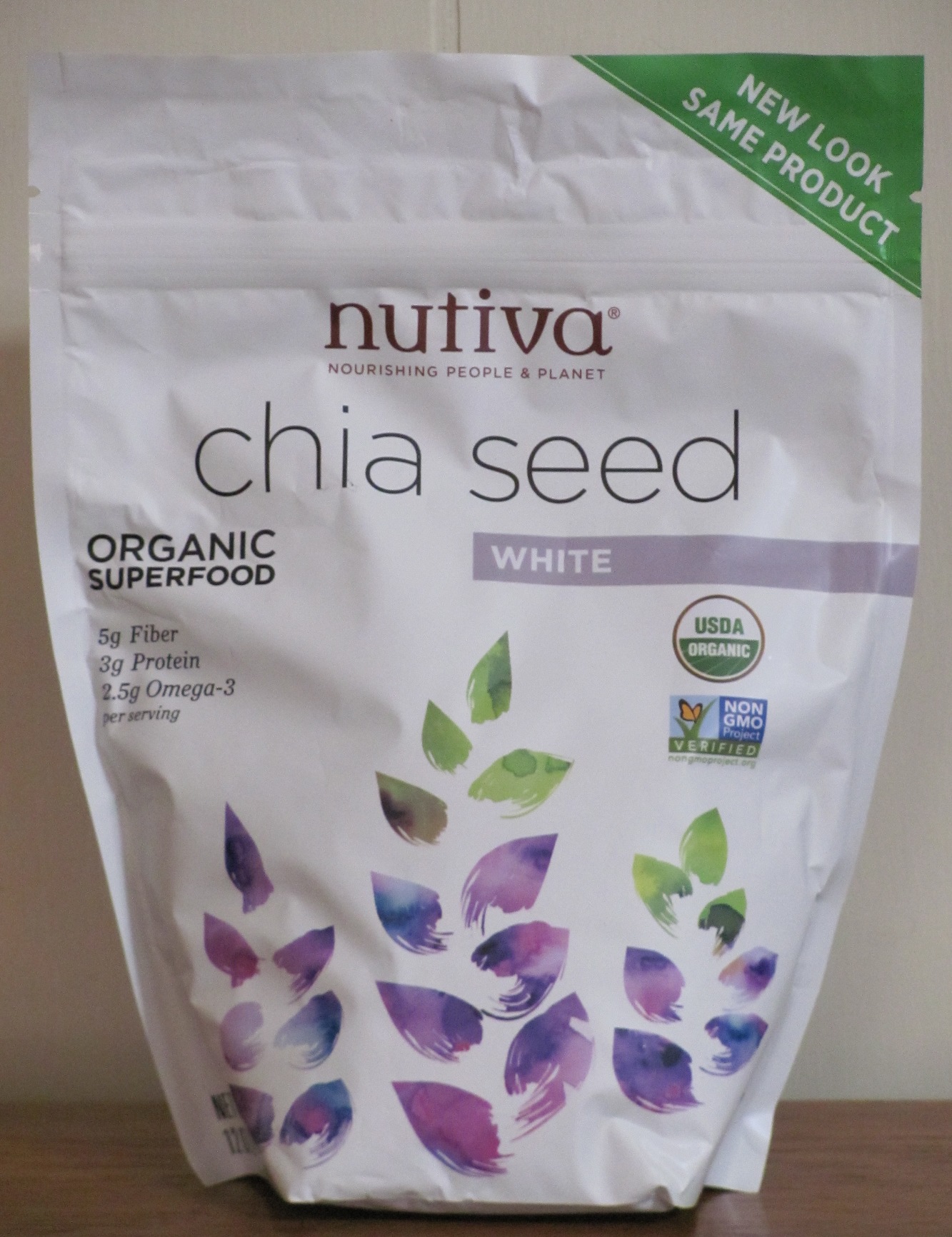
Do the health benefits of eating fish outweigh the health risks or should most fish be on your foods to avoid list? That’s a difficult question that researchers and consumers are having a tough time figuring out.
I have an easier question. Is there an alternative to eating fish that provides the same health benefits without the health risks? The simple, easy answer to that question is Chia Seeds. One tablespoon of these nutritious seeds provides 2.5 grams of Omega-3, 3 grams of protein and 5 grams of fiber. a range of vitamins, minerals and antioxidants
Chia seeds can be white or black and there’s no nutritional difference between them. They are easily added to your diet. Just sprinkle them in cereal, add to baked goods and salads or soak in liquid to form a chia pudding.
Keep in mind that if you eat them without first soaking in liquid, keep the portion size small and drink plenty of water. The seeds absorb water in your digestive track and can cause stomach aches if you’re dehydrated.
I only eat fish once or twice a month and most types of fish are on my foods to avoid list. I just know way too much about the pollution in our rivers, estuaries and ocean to make fish a bigger part of my diet. If you don’t want to spend your time reading fish safety advisories consider reducing your fish consumption and adding Chia seeds to your healthy eating routine.
